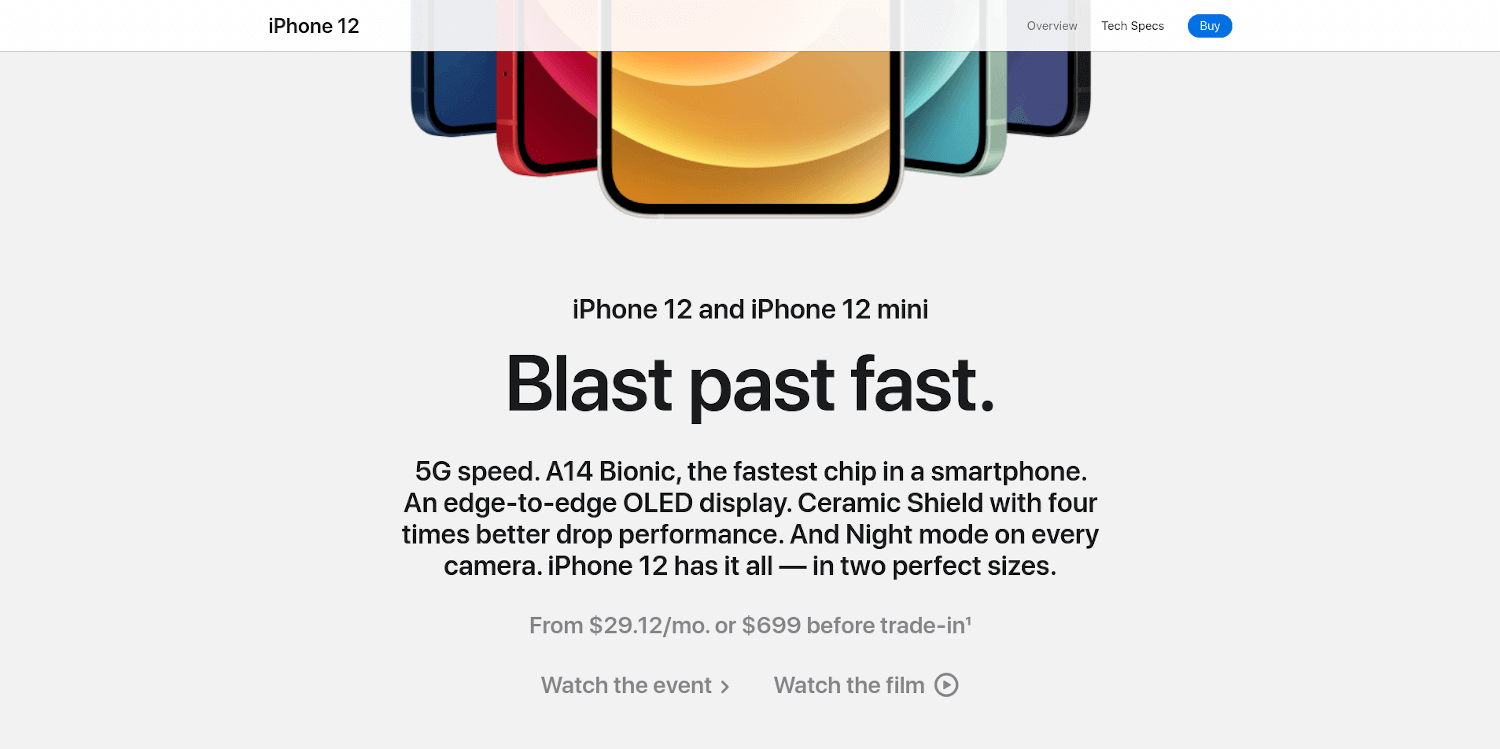
After 3 years with the Google Pixel phones I’m back to iPhone, an iPhone 12 Pro Max to be specific. This wasn’t a planned change, at least not yet, but it is for the best for now, I think. Jumping ecosystems is never easy but, at least in this case, I did have a few solid reasons for giving the iPhone another shot. As with any tech I doubt it will be a permanent switch but, at least for now, it should serve my needs quite well.
Why iPhone?
When I bought my Pixel 2XL it was primarily due to a few factors. First, and most importantly, AT&T didn’t work at my home and I wanted to give Google Fi a try. Second, I didn’t think I wanted to be as connected as being all in the Apple ecosystem had me. Finally, I simply wanted to branch out an try something else.
For the most part the Pixel experiment worked out better than I had anticipated. Google Fi worked great while connected to T-Mobile, I really loved the Android UX and the Pixel Phone itself was excellent. In fact, T-Mobile was so great with Google Fi that I had an app called Fi Switch that I only used to force my phone to the T-Mobile network whenever it tried to connect to Sprint. It was easy to tell when this was needed as, no matter where I was in the US, the Sprint network is pretty much useless. If I had good signal and no data I knew that I was on Sprint’s network and needed to switch. After 2 years of using Fi like this we decided to jump, first to Xfinity Mobile and then to an unlimited T-Mobile plan which we’re on currently. This allows us the freedom to get any phone without having to worry about the service anymore.
Another issues with Android is that Google isn’t giving the Pixel line the attention it used to. Where there is plenty of news on “the demise of Pixel” and speculation as to whether the line will exist at all in a year or two, my final straw was that the Pixel 5 didn’t have an “XL” version. I was absolutely not willing to go to a smaller phone and I still wanted to make sure that, at least at purchase, anything I bought is at “flagship” level.
I did consider other Android options but flagship phones such Samsung’s were non-starters due bloatware and upgrade issues. There are better Android implementations such as Android One, the program where the phone make basically just installs stock Android like the Pixel, but reviews showed they were simply not up to par. Nearly all seemed plagued by bad cameras, battery issues or performance issues and none of that is anything I want to put up with at this point.
In addition, whereas I’ve only ever kept any phone, iOS or Android, for 2 years before it died I chose the iPhone this time and bought Apple Care in hopes that I can keep it significantly longer. Android phones usually stop getting updates at 3 years. iPhones seem to be updated for 4 or 5. That is something I would like to test this time around. Before it started having issues I was planning on keeping the Pixel a full 3 years. Unfortunately I didn’t have any warranty on it and the screen simply stopped registering touches over the last 2 months, a problem that was getting progressively worse. While paying for a fix might have been possible, with less than a year of security updates left it just didn’t seem worth it. I’ve had issues with iPhones in the past too but this time I’m hoping the extra warranty and more than 3 years of updates mean it will last me at least that long for a change. If not, it also seems that iPhones are easier to recycle with so many services offering to pay for even phones in marginal condition. I was able to get a few dollars for the Pixel but no where near what I would’ve gotten for an iPhone of the same age and condition.
Finally, my push into more privacy friendly services over the last few years made even stock Android a real turn-off. In getting rid of my Pixel I was also able to completely delete my last personal Google account and that felt great. I simply do not trust the company with any of my personal data nor do I trust their security model on the Android to properly handle my data for even the best apps I might install.
There are better privacy options for Android and I tried GrapheneOS on mine but found I couldn’t use all the apps I needed, particularly work apps. I couldn’t justify this with a new phone as it was starting to become an issue with many of the tasks for the role I fill on my team. I even tried the PinePhone, a phone that runs Linux instead of Android or iOS, in November. It seemed like a neat idea but the project really isn’t ready to be a daily driver and, worst of all, Xfinity Mobile, which I was still on until December, simply wouldn’t let me activate it. That phone wound up finding a new home.
So will I stick with iOS?
Frankly, I’m not sure yet. There are things I definitely miss about Android (post coming) but, at least for now, I’m pretty happy with what I’m seeing in iOS 14. No phone is perfect but I think this will be fine for my needs.
 Chris Wiegman
Chris Wiegman